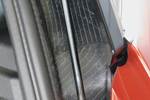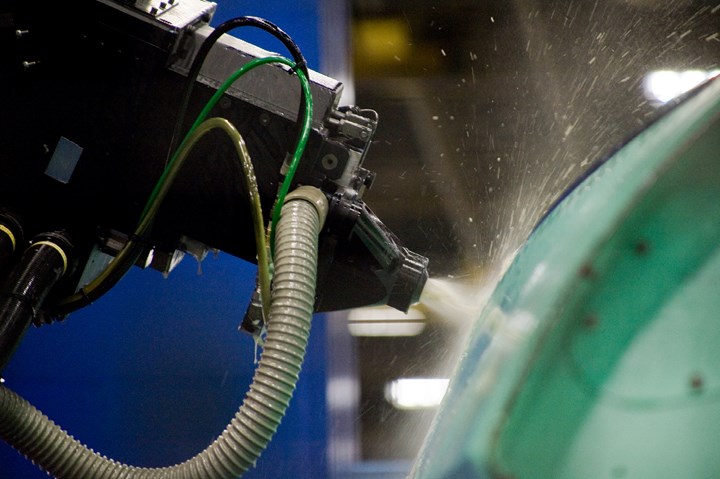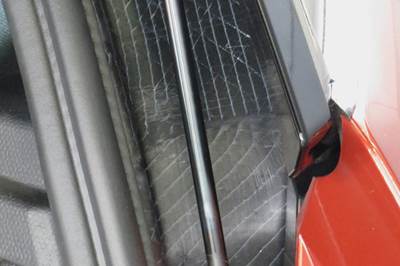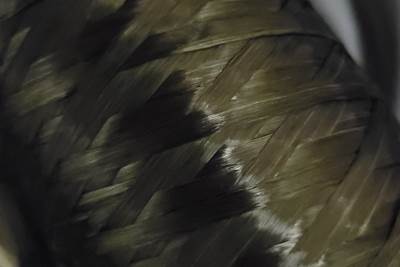From the CW Archives: Drilling is not for the faint of heart
This edition of From the CW Archives revisits CW’s first plant tour — a visit to the F-35 FAL in Fort Worth, Texas — and a story by Ginger Gardiner a few years later. Both offer lessons on how to perform stacked drilling through composite and metallic materials.
Back in 2006-2008, in the early days of my editorial leadership of CW, we had a hard time convincing composites fabricators and OEMs to let us visit and see their operations. Most of this resistance revolved around concerns about IP protection — fear that we would report everything we saw. We eventually overcame these objections and the industry came to understand that our editors could be trusted to protect information and technology that was considered a competitive advantage.
(Humorous side note: As we did more tours, we were allowed to see many materials, processes and technologies that we could not report. I’ve lost track of how many times I’ve been shown something only to be told by my guide, “You did not see that...” Once, on a tour, I came across a carbon fiber preform for an aerospace structure that caught my eye. “What can you tell me about this?” I asked my guide and pointed at the preform, which sat on a table right in front of us. “I don’t see anything,” my guide replied. “This preform, right here,” I said, with some confusion, pointing again. “I still don’t see anything. All I see is a table,” he said.)
So, it was with a great deal of excitement that I had my very first plant tour in 2009. CW was invited to visit the massive F-35 final assembly line (FAL) in Fort Worth, Texas. The F-35 fighter jet, at the time, was in low-rate production and in the early stages of flight testing.
Because the Fort Worth facility contains an FAL, the story I was pursuing was less about composites fabrication and more about the machining, trimming and drilling required to attach carbon fiber/BMI skins to the fighter jet’s frame. The story was about the challenges of drilling through a composite skin and into a titanium frame with a single drilling tool. It was also about the challenges of trimming non-conforming skins to meet thickness and dimensional tolerances.
Attaching the blended fuselage/wingskin laminate to the airframe on the F-35 Lightning II fighter jet requires accurate drilling of hundreds of fastener holes. Source | AMAMCO
That story, “Skinning the F-35 fighter,” still resonates today and has some good basic information and guidance about how to select and optimize drilling and trimming operations for a dimensionally demanding defense application. I should also note that this story is very much a product of the time, and does not address some of the production and technology challenges that the F-35 subsequently faced — and still faces.
A few years later, senior technical editor Ginger Gardiner revisited the topic of composites drilling with her 2012 story, “Optimizing, customizing composites hole drilling,” which picks up and expands on many of the ideas and concepts introduced in my F-35 story. Again, this is good, basic information about the basics of composites drilling and the technologies available to support it.
These stories remind us of two important elements of composites manufacturing that it’s good to be reminded of. First, composites don’t cut, trim, rout or drill like metals do and thus require specialized tools designed specifically for the job. Second, no matter what composite materials you use, and no matter how you process them, post-process finishing via CNC machining of some sort is a fundamental part of every composites manufacturing operation. And again, run-of-the-mill tools won’t do.
Related Content
Large-format 3D printing enables toolless, rapid production for AUVs
Dive Technologies started by 3D printing prototypes of its composite autonomous underwater vehicles, but AM became the solution for customizable, toolless production.
Read MoreSulapac introduces Sulapac Flow 1.7 to replace PLA, ABS and PP in FDM, FGF
Available as filament and granules for extrusion, new wood composite matches properties yet is compostable, eliminates microplastics and reduces carbon footprint.
Read MoreActive core molding: A new way to make composite parts
Koridion expandable material is combined with induction-heated molds to make high-quality, complex-shaped parts in minutes with 40% less material and 90% less energy, unlocking new possibilities in design and production.
Read MorePEEK vs. PEKK vs. PAEK and continuous compression molding
Suppliers of thermoplastics and carbon fiber chime in regarding PEEK vs. PEKK, and now PAEK, as well as in-situ consolidation — the supply chain for thermoplastic tape composites continues to evolve.
Read MoreRead Next
From the CW Archives: Airbus A400M cargo door
The inaugural CW From the Archives revisits Sara Black’s 2007 story on out-of-autoclave infusion used to fabricate the massive composite upper cargo door for the Airbus A400M military airlifter.
Read MoreFrom the CW Archives: Fast-cure epoxies for automotive fabrication
Sara Black’s 2015 report on the development of snap-cure epoxies for automotive manufacturing still resonates today.
Read MoreFrom the CW Archives: The tale of the thermoplastic cryotank
In 2006, guest columnist Bob Hartunian related the story of his efforts two decades prior, while at McDonnell Douglas, to develop a thermoplastic composite crytank for hydrogen storage. He learned a lot of lessons.
Read More








.jpeg;maxWidth=720)















